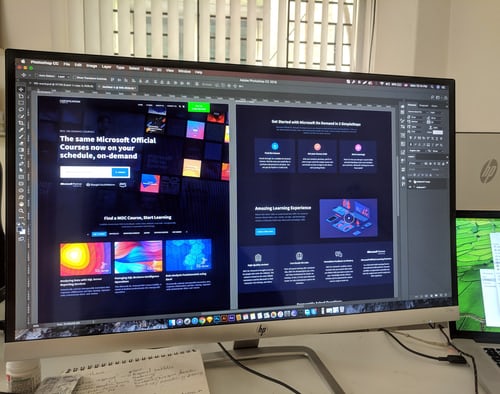Strategies for Gender-Inclusive Leadership: Driving Bottom-Line Success
Published on:04/02/24
In the dynamic landscape of business leadership, gender diversity has emerged as a crucial factor in achieving bottom-line success. The traditional narrative of male dominance in leadership roles is evolving, with organizations recognizing the importance of diversity in driving innovation, resilience, and profitability. This article delves into the nuances of gender dynamics in business leadership, highlighting the unique strengths that both men and women bring to the table and exploring strategies for fostering inclusive and effective leadership teams.
Breaking Stereotypes: Leveraging Diverse Perspectives
Historically, leadership roles have been predominantly occupied by men, perpetuating the stereotype that effective leadership is inherently masculine. However, research consistently demonstrates the value of diverse perspectives in decision-making processes. Women bring distinct leadership styles characterized by empathy, collaboration, and emotional intelligence, which complement traditional masculine traits such as assertiveness and strategic thinking. By embracing diversity, organizations can tap into a broader range of skills and experiences, leading to more innovative solutions and better outcomes.
Creating Inclusive Work Cultures
Achieving gender diversity in leadership requires more than just token representation. It necessitates the creation of inclusive work cultures where individuals of all genders feel valued, respected, and empowered to contribute their full potential. This entails implementing policies and practices that address systemic biases and promote equal opportunities for career advancement. Mentorship programs, leadership development initiatives, and transparent performance evaluation processes can help level the playing field and nurture a pipeline of diverse talent.
Overcoming Implicit Biases
Despite progress, implicit biases continue to hinder the advancement of women in leadership roles. Studies reveal that both men and women hold subconscious stereotypes about leadership suitability based on gender. These biases manifest in hiring decisions, performance evaluations, and promotion opportunities, perpetuating the gender gap in leadership. To combat implicit biases, organizations must invest in awareness training, diversity education, and bias mitigation strategies. By fostering a culture of inclusivity and accountability, businesses can mitigate the impact of biases and create pathways for diverse leadership representation.
Empowering Women in Leadership
Empowering women in leadership involves dismantling barriers to advancement and providing support networks to foster their professional growth. This includes advocating for equal pay, offering flexible work arrangements, and implementing family-friendly policies that accommodate caregiving responsibilities. Additionally, organizations can facilitate networking opportunities, mentorship programs, and leadership training specifically tailored to women's needs. By investing in women's leadership development, businesses can unlock the full potential of their workforce and drive bottom-line success.
Building Allyship and Collaboration
Achieving gender parity in leadership requires collaboration and allyship across all levels of the organization. Men, as well as women, play a crucial role in advocating for gender equality and challenging entrenched biases. Male allies can use their privilege to amplify the voices of women, advocate for inclusive policies, and serve as mentors and sponsors for aspiring female leaders. By fostering a culture of allyship and collaboration, businesses can harness the collective strength of diverse perspectives and drive meaningful progress toward gender equality in leadership.
Measuring Success Beyond the Bottom Line
True success in fostering gender diversity and inclusion goes beyond financial metrics. It encompasses creating environments where all individuals have the opportunity to thrive, contribute, and lead authentically. Organizations can measure success by tracking metrics such as representation in leadership positions, employee engagement, and diversity initiatives' effectiveness. By holding themselves accountable and prioritizing diversity as a strategic imperative, businesses can reap the benefits of a more inclusive and equitable workplace culture.
Achieving bottom-line success in business leadership requires a concerted effort to foster gender diversity, inclusivity, and equity. By challenging stereotypes, overcoming biases, and empowering women in leadership, organizations can unlock the full potential of their talent pool and drive innovation and growth. Through allyship, collaboration, and a commitment to measuring success beyond financial metrics, businesses can create cultures where diversity is celebrated as a catalyst for excellence and sustainable success.






